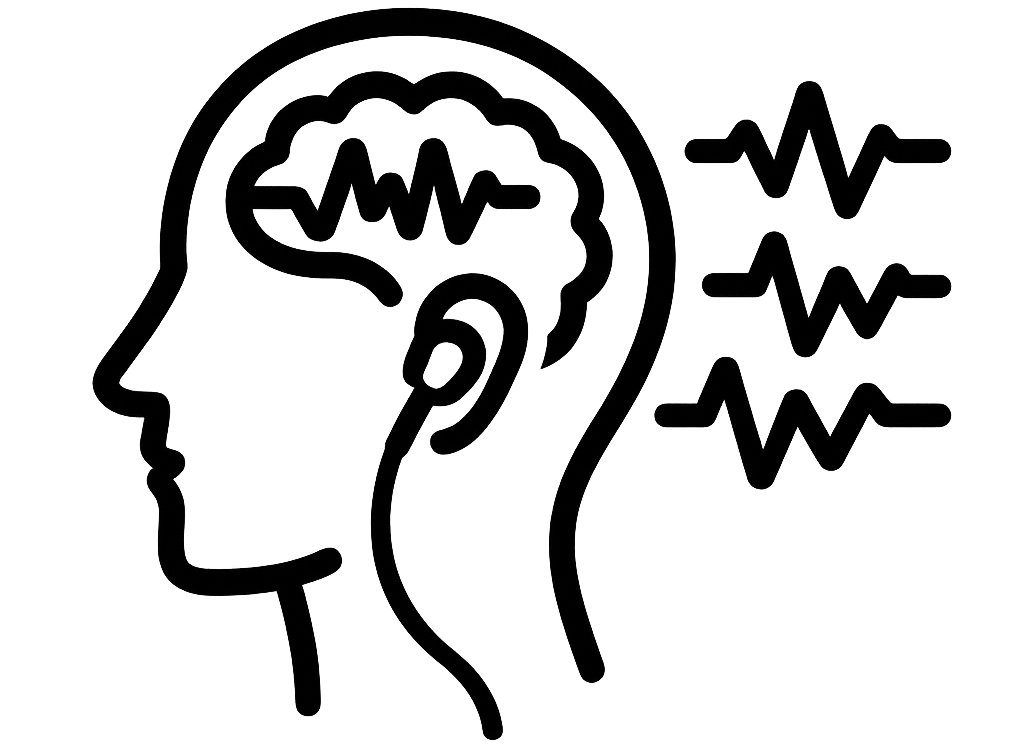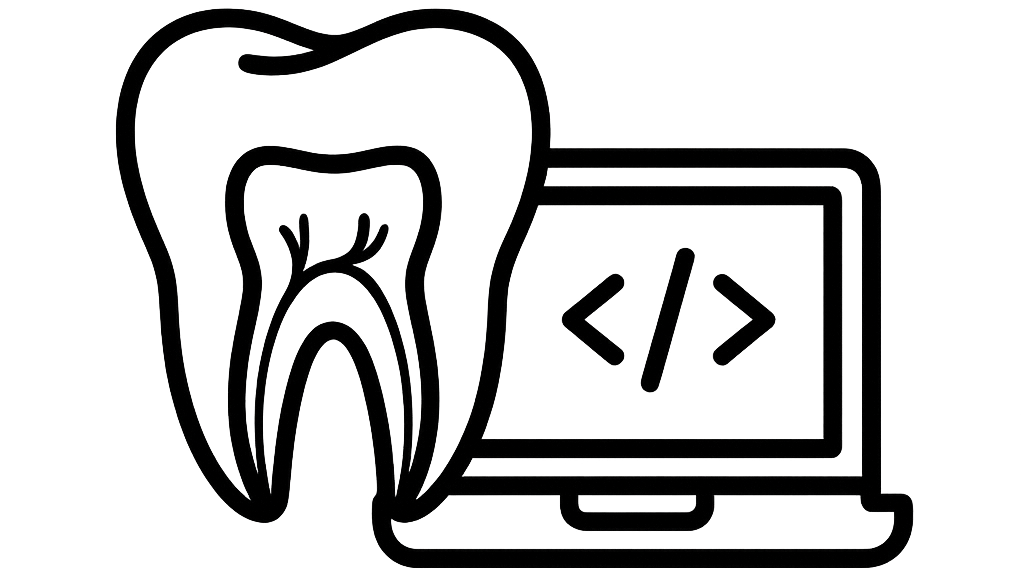Mohsen Motie-Shirazi, PhD
Turning Complex Data Into Intelligent Solutions
About Me
I am a Postdoctoral Research Scientist in the Clifford Lab at Emory University, where I build machine learning and signal processing systems that work on real clinical data and deliver reliable results in practice. My work focuses on turning noisy physiological signals into actionable information through rigorous modeling, clean data pipelines, and efficient deployment on mobile and cloud platforms.
I work closely with clinicians, product teams, and engineers to design solutions that address real needs, integrate with clinical workflows, and scale beyond research environments. My experience spans low cost Doppler ultrasound, voice and acoustic data, EEG, ECG, electronic health records, and other complex biomedical datasets.
I have a Ph.D. in Mechanical Engineering focused on biomedical applications, and I enjoy creating systems that combine scientific understanding with practical engineering to improve patient care.
Areas of Expertise
Machine Learning
Signal Processing
Data Science
Biomedical Computing
Research Projects
A comprehensive fetal-monitoring platform that integrates a low-cost (~$15) Doppler sensor, robust signal processing, sequence-modeling, and mobile computer vision to provide real-time signal-quality feedback, fetal heart rate, and gestational-age estimation directly on a smartphone for use in low-resource settings.
Related Publications:
- Self-Supervised Learning for Gestational Age Estimation from Low-Cost Doppler Ultrasound in Low-Resource Settings
- Next-Generation Fetal Heart Monitoring: Leveraging Neural Sequential Modeling for Ultrasound Analysis
- Edge AI for Real-time Fetal Assessment in Rural Guatemala
- Point-of-Care Real-Time Signal Quality for Fetal Doppler Ultrasound Using a Deep Learning Approach
- Real-Time Quality Feedback on Doppler Data for Community Midwives using Edge-AI
A comprehensive voice-mechanics pipeline built from controlled lab models, in vivo–aligned measurements, physics-informed feature extraction, and machine-learning classifiers to identify and differentiate common vocal-fold disorders.
Related Publications:
- Collision pressure and dissipated power dose in a self-oscillating silicone vocal fold model with a posterior glottal opening
- Effect of nodule size and stiffness on phonation threshold and collision pressures in a synthetic hemilaryngeal vocal fold model
- Vocal fold dynamics in a synthetic self-oscillating model: Intraglottal aerodynamic pressure and energy
- Vocal fold dynamics in a synthetic self-oscillating model: Contact pressure and dissipated-energy dose
- Intraglottal aerodynamic pressure and energy transfer in a self-oscillating synthetic model of the vocal folds
- Estimating vocal fold contact pressure from raw laryngeal high-speed videoendoscopy using a Hertz contact model
- Toward development of a vocal fold contact pressure probe: Bench-top validation of a dual-sensor probe using excised human larynx models
- Toward development of a vocal fold contact pressure probe: Sensor characterization and validation using synthetic vocal fold models
- Bayesian inference of vocal fold material properties from glottal area waveforms using a 2D finite element model
Get In Touch
I'm always open to discussing new opportunities, collaborations, or just having a conversation. Feel free to reach out!
Location
Biomedical Informatics Department, Emory University, GA



